Home>Furniture & Design>Interior Design Trends>How Many Calories Are In A Glass Of Wine


Interior Design Trends
How Many Calories Are In A Glass Of Wine
Modified: February 18, 2024
Discover the latest interior design trends and learn how to incorporate them into your home. Stay updated with the top trends in interior design.
(Many of the links in this article redirect to a specific reviewed product. Your purchase of these products through affiliate links helps to generate commission for Storables.com, at no extra cost. Learn more)
Introduction
Wine has been a beloved beverage for centuries, captivating the senses with its rich flavors and inviting aromas. Whether enjoyed during a cozy evening at home or as a complement to a gourmet meal, wine holds a special place in the hearts of many. However, as with any indulgence, it's essential to be mindful of its impact on our health, including its calorie content.
Understanding the caloric implications of wine consumption is crucial for those seeking to maintain a balanced lifestyle. While wine can undoubtedly enhance social experiences and contribute to relaxation, it's important to be aware of its potential effects on our overall calorie intake. By delving into the factors that influence the calorie content of wine and comparing the caloric differences among various types, we can gain valuable insights into managing our wine consumption more effectively.
In this article, we will explore the intricate relationship between wine and calories, shedding light on the factors that contribute to the calorie content of different wines. By examining the calorie disparities among red, white, and sparkling wines, we can gain a deeper understanding of how our wine choices impact our overall calorie intake. Additionally, we will provide practical tips for managing calorie intake from wine, empowering readers to make informed decisions about their wine consumption.
Join us on this enlightening journey as we uncover the nuances of calorie content in wine, equipping you with the knowledge to savor your favorite vintages while maintaining a healthy balance. Let's embark on this exploration of wine and calories, discovering the secrets that lie within each glass and empowering ourselves to make mindful choices.
Key Takeaways:
- Wine’s calorie content is influenced by alcohol, sugar, serving size, and metabolism. Understanding these factors empowers mindful wine consumption for a balanced lifestyle.
- Red, white, and sparkling wines offer diverse calorie profiles. Choosing lower-calorie varietals and practicing moderation can enhance the wine experience while managing calorie intake effectively.
Read more: How Many Calories Is A Glass Of Rosé Wine
Understanding Calories in Wine
When it comes to understanding the calorie content of wine, it's essential to recognize that the energy derived from wine primarily stems from its alcohol and sugar content. The caloric value of wine is predominantly influenced by its alcohol by volume (ABV) and residual sugar levels. Alcohol, a concentrated source of energy, contributes significantly to the overall calorie count of wine. With approximately 7 calories per gram, alcohol serves as a potent source of energy, thereby elevating the calorie content of wine.
In addition to alcohol, the residual sugar present in wine also plays a pivotal role in determining its caloric impact. Wines with higher residual sugar content tend to possess a greater calorie count, as sugar is a dense source of energy. The interplay between alcohol and sugar content in wine underscores the complexity of understanding its calorie implications.
Moreover, it's important to note that the serving size of wine directly influences its calorie content. A standard serving of wine is typically considered to be 5 ounces, and the calorie count varies based on the specific type of wine and its alcohol and sugar content. Therefore, being mindful of portion sizes is crucial when assessing the calorie intake associated with wine consumption.
Furthermore, the body's metabolism of alcohol differs from that of carbohydrates, fats, and proteins. When alcohol is consumed, the body prioritizes its metabolism, potentially impacting the breakdown of other nutrients. This metabolic process can influence the body's overall energy utilization and storage, further emphasizing the intricate relationship between wine and its caloric effects.
By comprehending the fundamental factors that contribute to the calorie content of wine, individuals can make informed decisions regarding their wine consumption. Understanding the interplay between alcohol, sugar, serving sizes, and metabolic processes provides valuable insights into the caloric implications of enjoying a glass of wine. This knowledge empowers individuals to approach wine consumption with mindfulness, enabling them to savor their favorite vintages while maintaining a balanced approach to their overall calorie intake.
Factors Affecting Calories in Wine
The calorie content of wine is influenced by several key factors, each contributing to the overall energy value of this beloved beverage. Understanding these factors is essential for individuals seeking to make informed choices about their wine consumption and manage their calorie intake effectively.
Alcohol by Volume (ABV)
One of the primary factors affecting the calorie content of wine is its alcohol by volume (ABV). Alcohol is a concentrated source of energy, containing approximately 7 calories per gram. As such, wines with higher ABV levels tend to have a greater calorie count. This means that a glass of wine with a higher alcohol content will contribute more to an individual's overall calorie intake. Therefore, when considering the caloric impact of wine, it's important to be mindful of the ABV of different wine varieties.
Residual Sugar Content
The residual sugar content in wine also plays a significant role in determining its calorie count. Wines with higher residual sugar levels contain more carbohydrates, which are a dense source of energy. As a result, these wines tend to have a higher calorie content compared to drier wines with lower sugar levels. Understanding the relationship between residual sugar and calorie content empowers individuals to make informed choices based on their dietary preferences and health goals.
Read more: How Many Calories In A Glass Of Red Wine
Serving Size
The serving size of wine directly influences its calorie content. A standard serving of wine is typically considered to be 5 ounces. However, larger pour sizes will naturally result in a higher calorie intake. It's important for individuals to be mindful of portion sizes when enjoying wine, as consuming larger servings will contribute more significantly to their overall calorie consumption.
Wine Style and Production Methods
Different wine styles and production methods can also impact the calorie content of wine. For example, fortified wines such as Port or Sherry have higher alcohol content due to the addition of distilled spirits, resulting in increased calorie levels. Additionally, sweet dessert wines, which undergo processes to retain higher sugar levels, tend to have a higher calorie count compared to dry wines. Understanding the diverse range of wine styles and production techniques provides valuable insights into the caloric implications of various wine choices.
Metabolic Processes
The body's metabolism of alcohol differs from that of carbohydrates, fats, and proteins. When alcohol is consumed, the body prioritizes its metabolism, potentially influencing the breakdown of other nutrients. This metabolic process can impact the body's overall energy utilization and storage, further emphasizing the intricate relationship between wine and its caloric effects.
By considering these factors, individuals can gain a comprehensive understanding of the calorie content of wine and make informed decisions about their wine consumption. Being mindful of the ABV, residual sugar content, serving sizes, wine styles, and metabolic processes empowers individuals to approach wine consumption with awareness, enabling them to savor their favorite vintages while managing their calorie intake effectively.
Comparing Calorie Content in Different Types of Wine
When comparing the calorie content of different types of wine, it's essential to consider the diverse characteristics and production methods that contribute to their varying energy values. Understanding the calorie disparities among red, white, and sparkling wines provides valuable insights into making informed choices about wine consumption and managing calorie intake effectively.
Read more: How Many Calories Is A Glass Of Red Wine?
Red Wine
Red wines, renowned for their rich flavors and deep hues, encompass a broad spectrum of varietals, each with its unique calorie content. On average, a 5-ounce serving of red wine contains approximately 125-130 calories. The calorie count of red wine is influenced by factors such as its alcohol by volume (ABV) and residual sugar levels. Varietals such as Cabernet Sauvignon and Syrah, known for their bold and robust profiles, often have higher ABV levels, contributing to a slightly elevated calorie content. However, the specific calorie variance among red wine varietals remains relatively minimal, allowing enthusiasts to savor their preferred reds with a balanced approach to calorie intake.
White Wine
White wines, celebrated for their refreshing and crisp characteristics, exhibit a distinct calorie profile compared to their red counterparts. A 5-ounce serving of white wine typically contains approximately 120-125 calories. The calorie content of white wine is influenced by factors such as ABV and residual sugar levels. Varietals such as Chardonnay and Riesling, known for their diverse flavor profiles ranging from dry to sweet, showcase varying calorie counts based on their sugar content. Understanding the calorie disparities among white wine varietals empowers individuals to make mindful choices aligned with their dietary preferences and health goals.
Sparkling Wine
Sparkling wines, synonymous with effervescence and celebratory occasions, present a unique calorie profile due to their production methods and flavor variations. On average, a 5-ounce serving of sparkling wine contains approximately 90-100 calories. The calorie content of sparkling wine is influenced by factors such as ABV, residual sugar levels, and carbonation. Varietals such as Champagne and Prosecco, characterized by their bubbly nature and diverse sweetness levels, offer a lighter calorie alternative for those seeking a delightful yet lower-calorie wine experience.
By comparing the calorie content of different types of wine, individuals can gain valuable insights into managing their calorie intake while savoring their favorite vintages. Understanding the calorie disparities among red, white, and sparkling wines empowers wine enthusiasts to make informed decisions aligned with their dietary preferences and lifestyle choices. This knowledge enables individuals to approach wine consumption with mindfulness, ensuring a harmonious balance between indulgence and health-conscious choices.
Tips for Managing Calorie Intake from Wine
-
Mindful Portion Control: Being mindful of portion sizes is crucial when managing calorie intake from wine. Opt for smaller wine glasses and refrain from oversized pours. By savoring a standard 5-ounce serving, individuals can enjoy their favorite wines while moderating their calorie consumption.
-
Choose Lower-Calorie Varietals: Selecting wines with lower alcohol by volume (ABV) and residual sugar levels can contribute to a reduced calorie intake. Lighter varietals such as Pinot Noir, Sauvignon Blanc, and Brut sparkling wines offer delightful options with comparatively lower calorie counts.
-
Opt for Dry Wines: Dry wines, characterized by minimal residual sugar, tend to have lower calorie content compared to sweeter counterparts. Embracing the nuanced flavors of dry red, white, and sparkling wines allows individuals to indulge in their wine preferences while managing their calorie intake effectively.
-
Stay Hydrated: Alternating wine consumption with water not only promotes hydration but also helps manage overall calorie intake. Staying hydrated can enhance the enjoyment of wine while supporting a balanced approach to calorie management.
-
Mindful Pairing: When enjoying wine with meals, opt for balanced and nutritious pairings. Incorporating lean proteins, vibrant vegetables, and whole grains can complement the wine experience while contributing to a well-rounded and satisfying dining experience.
-
Regular Physical Activity: Engaging in regular physical activity can offset the calorie impact of wine consumption. Incorporating exercise into one's routine promotes overall well-being and allows individuals to savor their favorite wines while maintaining a balanced lifestyle.
-
Educate Yourself: Understanding the calorie content of different wine varietals empowers individuals to make informed choices. By familiarizing oneself with the calorie disparities among wines, individuals can curate their wine selections to align with their dietary preferences and health goals.
-
Moderation is Key: Embracing a mindset of moderation is essential when managing calorie intake from wine. Enjoying wine as part of a balanced lifestyle, rather than excessive consumption, allows individuals to savor the sensory pleasures of wine while prioritizing overall well-being.
By implementing these practical tips, individuals can navigate their wine consumption with mindfulness, ensuring a harmonious balance between indulgence and health-conscious choices.
Read more: How Many Calories In A Glass Of White Wine
Conclusion
In conclusion, the intricate relationship between wine and calories unveils a captivating interplay of factors that influence the energy value of this beloved beverage. By delving into the fundamental aspects of wine's calorie content, including alcohol by volume (ABV), residual sugar levels, serving sizes, and metabolic processes, individuals can gain valuable insights into managing their calorie intake from wine effectively.
Understanding the calorie disparities among red, white, and sparkling wines provides a nuanced perspective on making informed choices aligned with dietary preferences and health goals. Red wines, celebrated for their robust profiles, offer a diverse range of varietals with relatively consistent calorie counts. White wines, known for their refreshing characteristics, showcase varying calorie content based on their sugar levels, empowering individuals to curate their wine selections with mindfulness. Sparkling wines, synonymous with effervescence and joyous occasions, present a lighter calorie alternative, allowing enthusiasts to indulge in delightful wine experiences with reduced caloric impact.
Moreover, the practical tips for managing calorie intake from wine offer actionable strategies for individuals seeking to strike a harmonious balance between indulgence and health-conscious choices. From mindful portion control and selecting lower-calorie varietals to embracing dry wines and staying hydrated, these tips empower individuals to approach wine consumption with awareness and moderation.
By integrating these insights and practical strategies, individuals can navigate their wine experiences with mindfulness, ensuring that the sensory pleasures of wine are harmoniously aligned with overall well-being. Embracing a balanced approach to wine consumption allows individuals to savor their favorite vintages while prioritizing health and vitality.
In essence, the exploration of wine and calories illuminates a path toward informed decision-making, enabling individuals to indulge in the sensory delights of wine while managing their calorie intake effectively. By fostering a deeper understanding of the factors influencing the calorie content of wine and embracing practical tips for mindful consumption, individuals can embark on a journey of balanced indulgence, savoring each glass of wine with a heightened sense of awareness and well-being.
Frequently Asked Questions about How Many Calories Are In A Glass Of Wine
Was this page helpful?
At Storables.com, we guarantee accurate and reliable information. Our content, validated by Expert Board Contributors, is crafted following stringent Editorial Policies. We're committed to providing you with well-researched, expert-backed insights for all your informational needs.
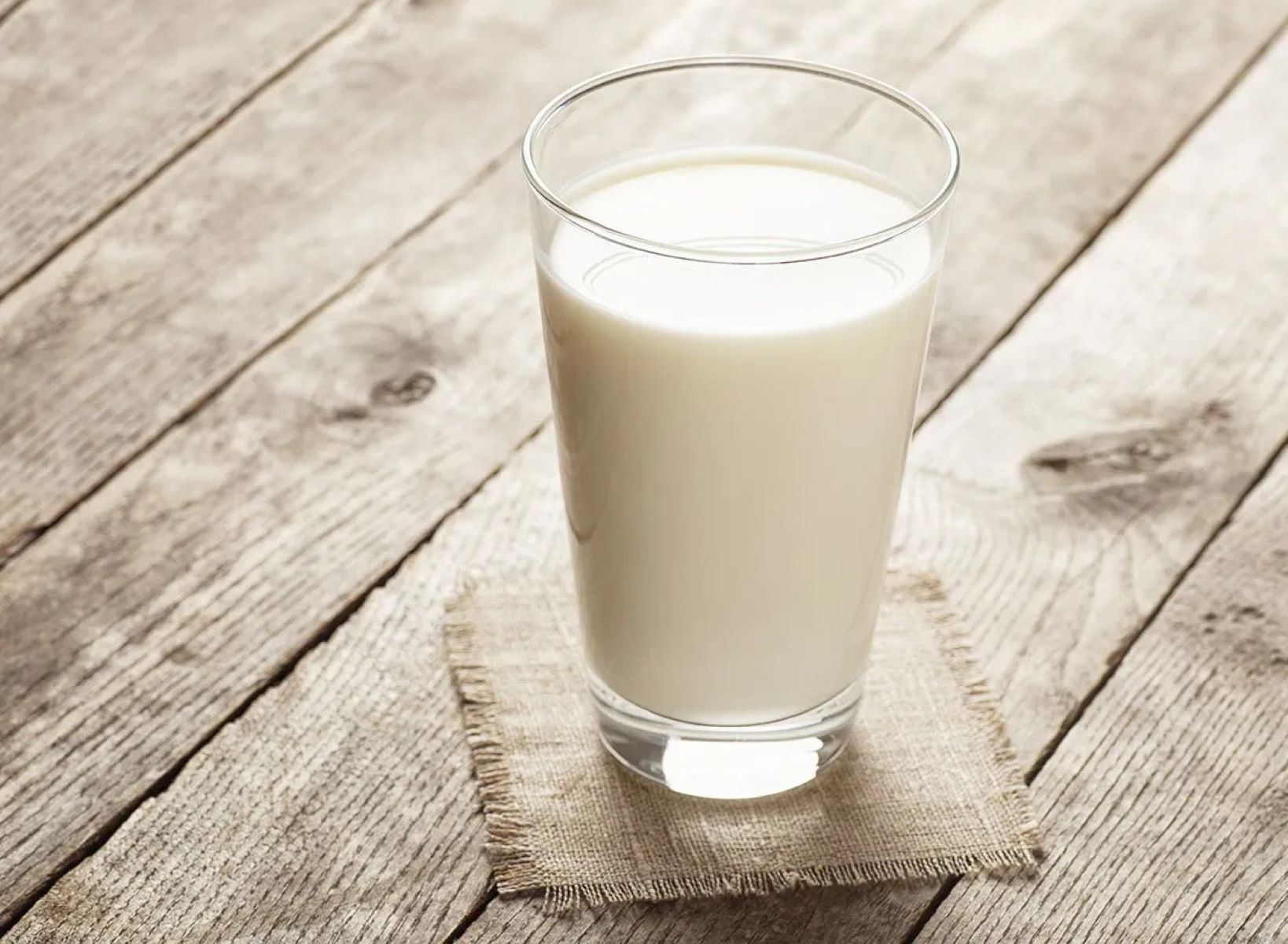
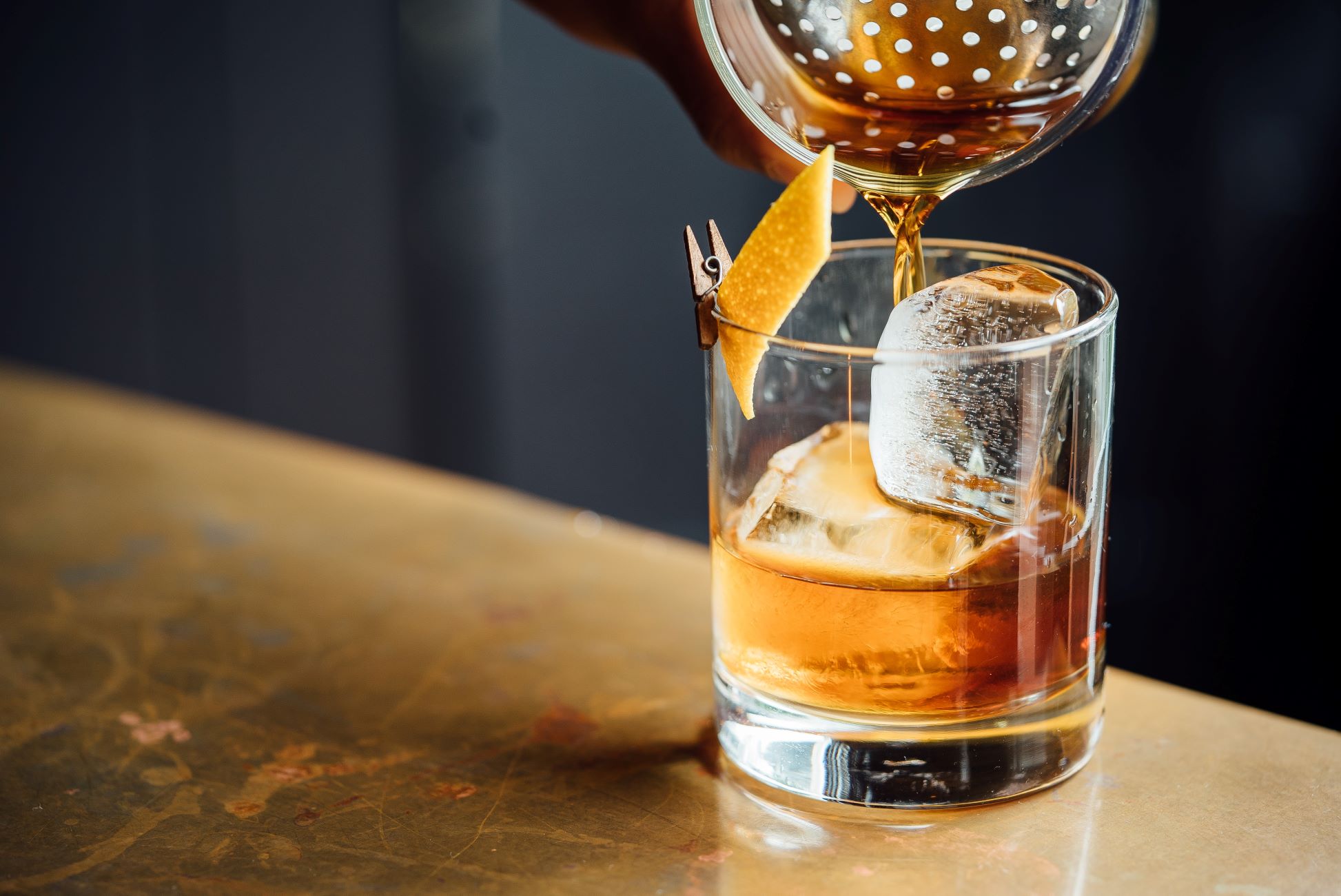


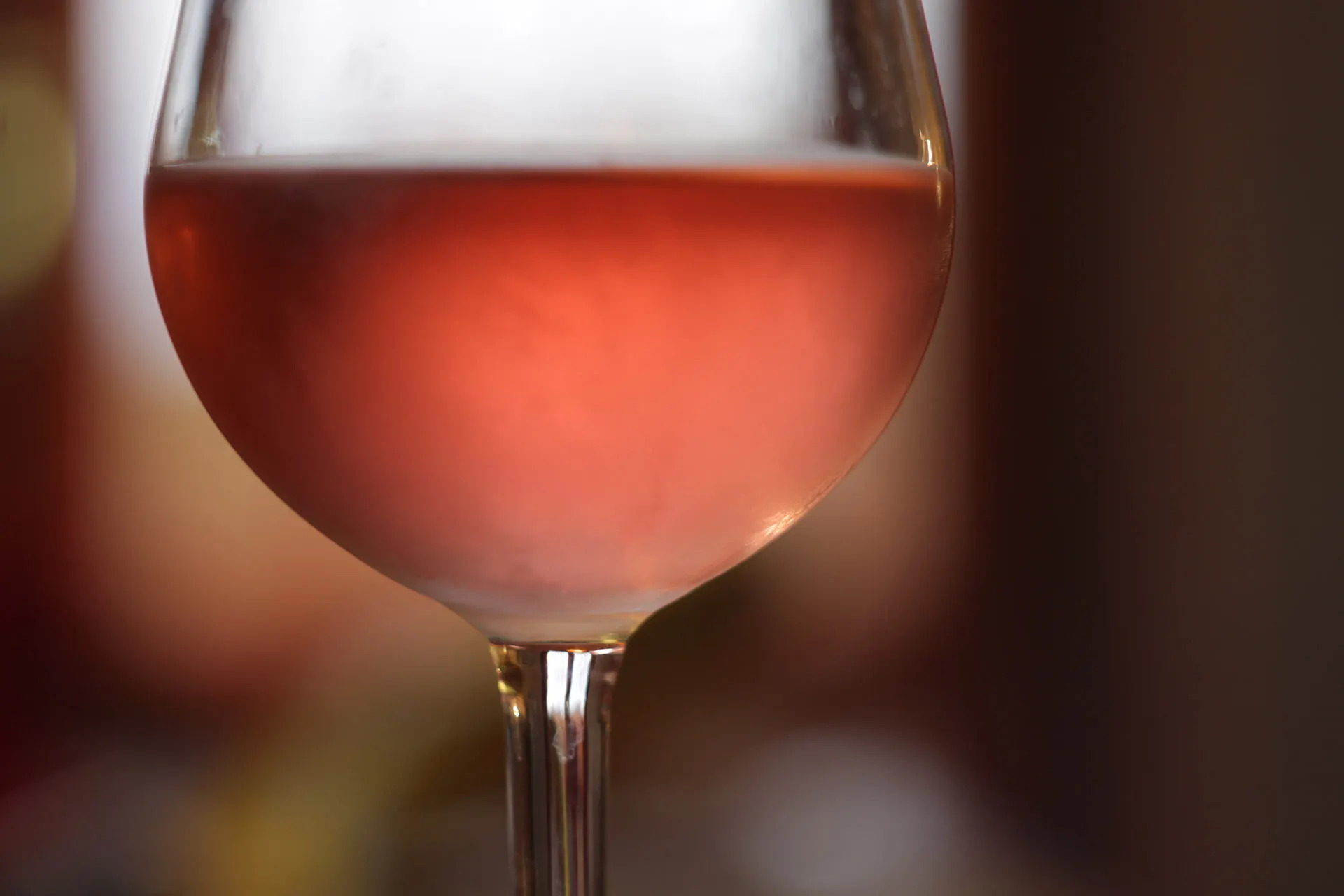
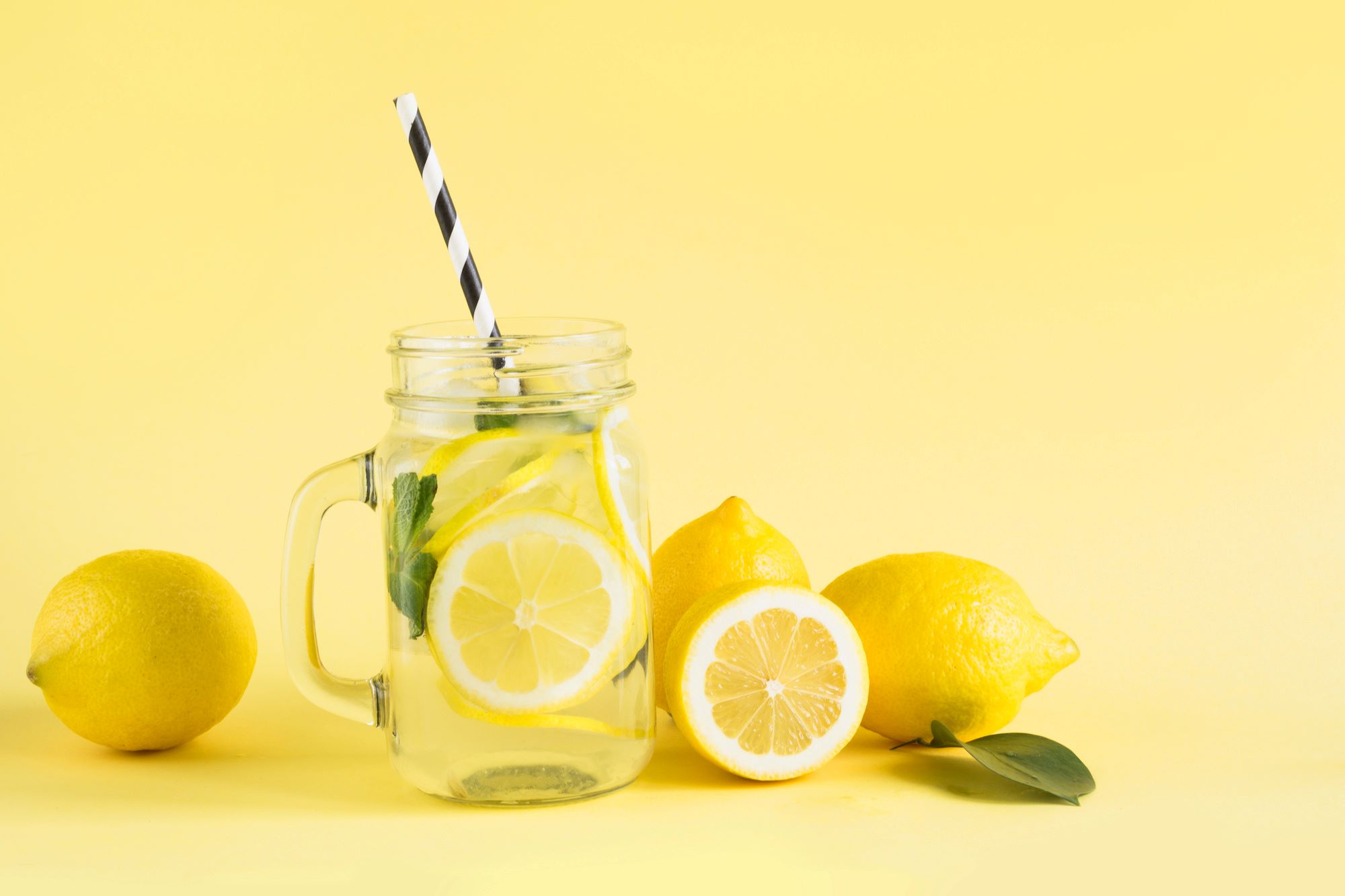

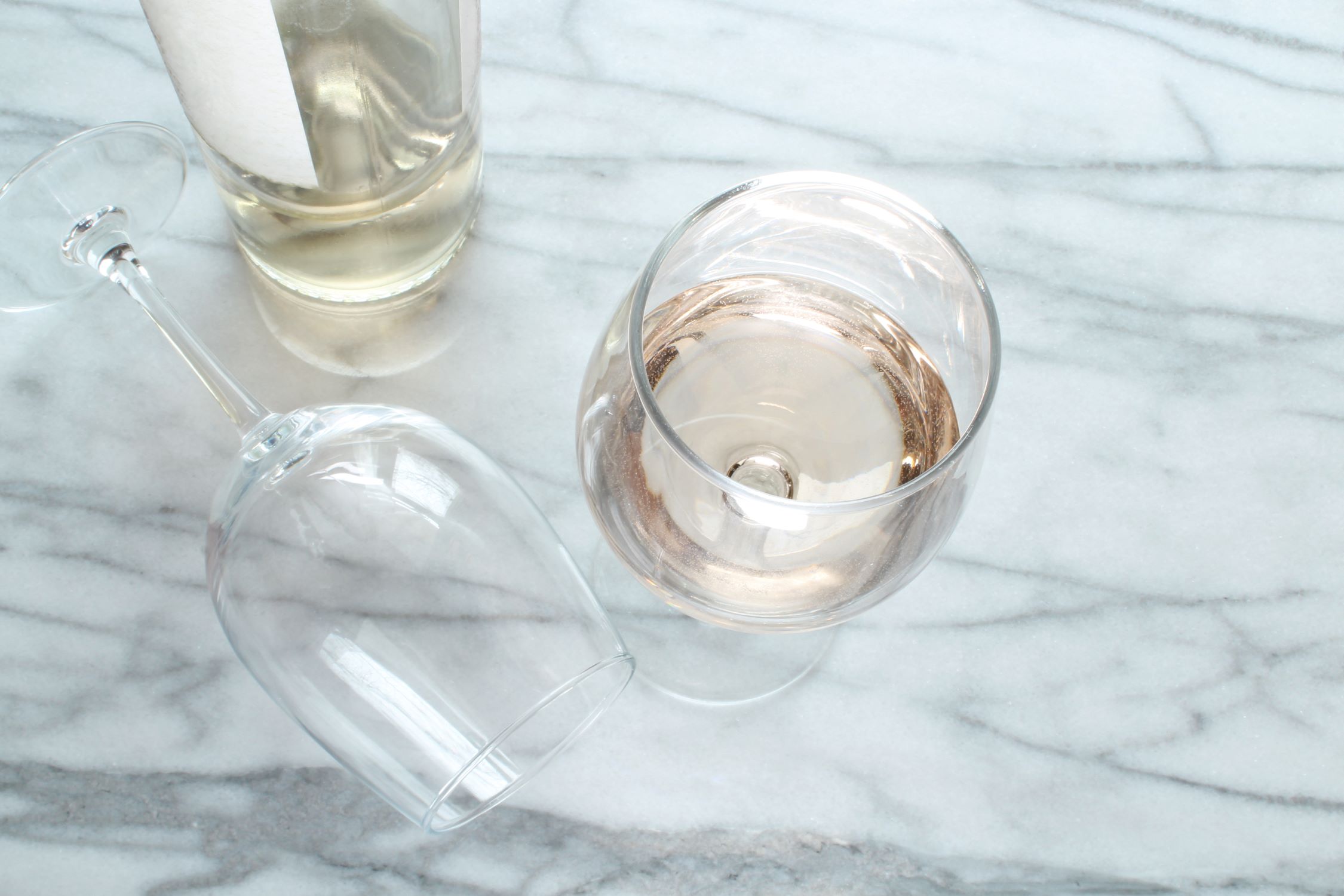



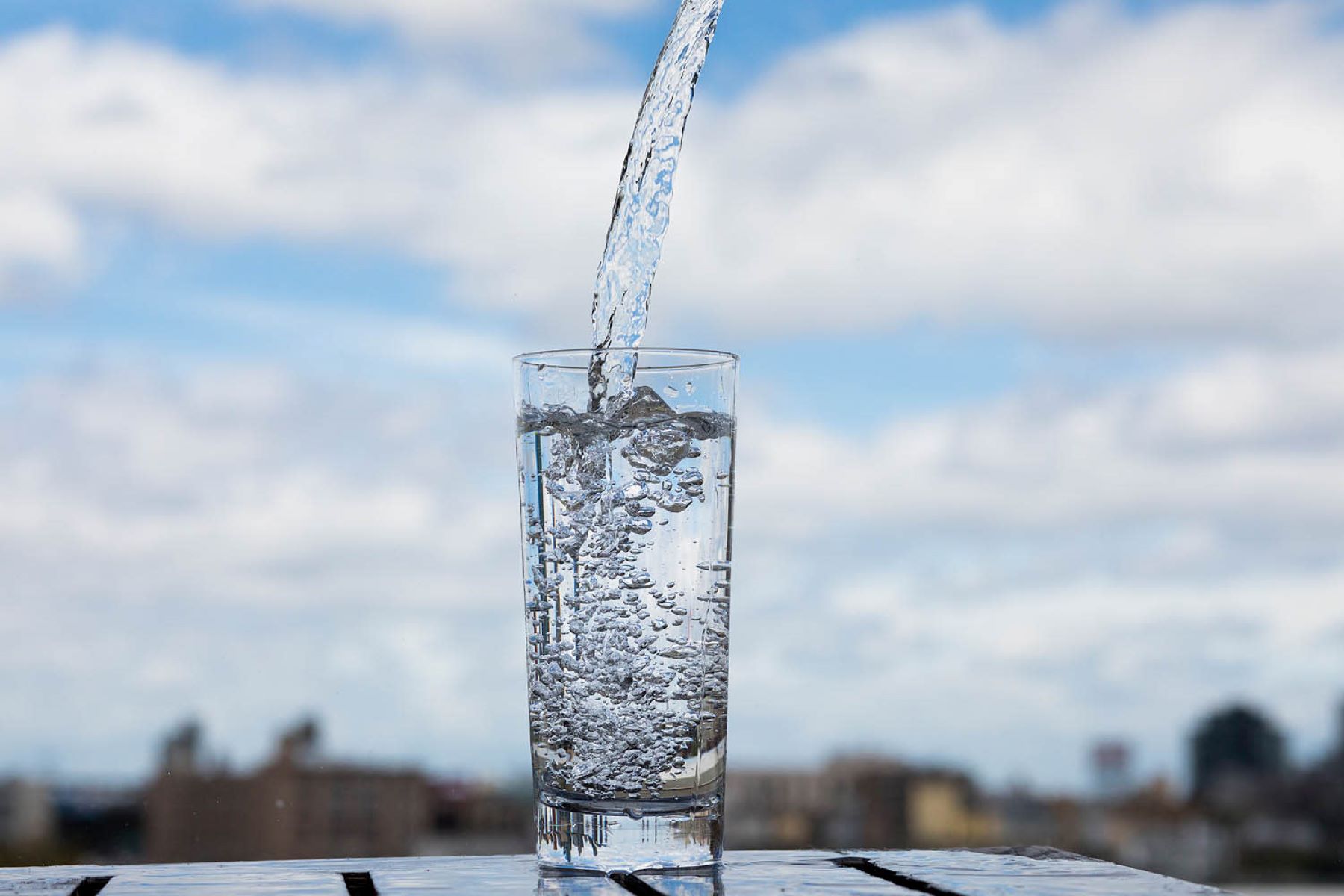

0 thoughts on “How Many Calories Are In A Glass Of Wine”